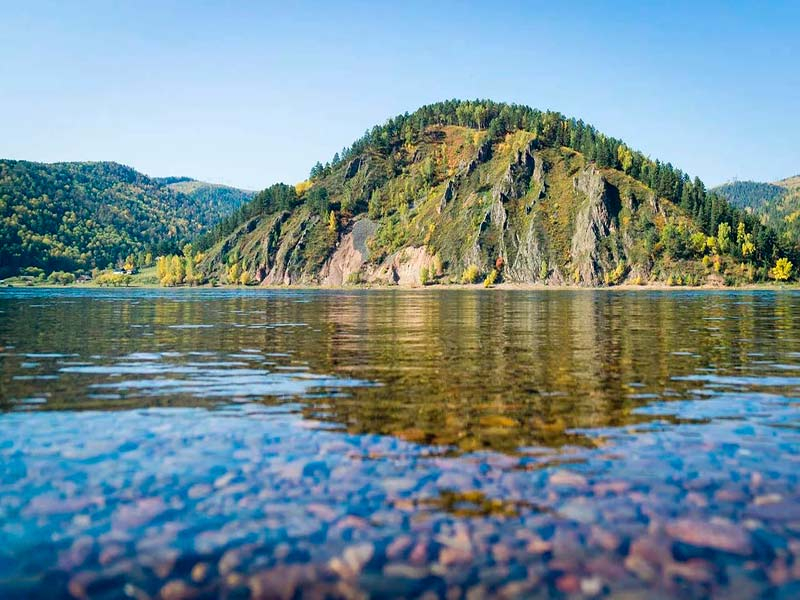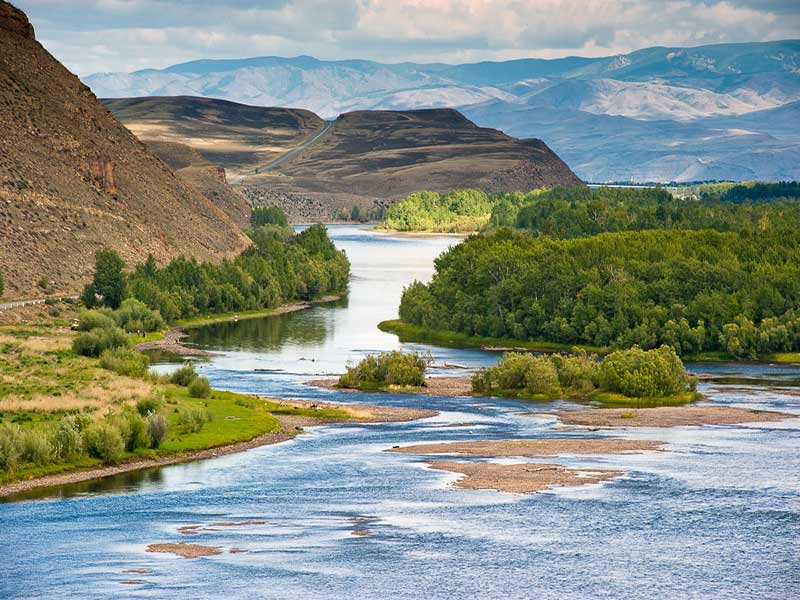Yenisei River

The Yenisei River begins in Mongolia and runs north, draining a wide area of Siberia before entering the Kara Sea in the Arctic Ocean via the Yenisei Gulf. The Yenisei River starts near the Russian city of Kryzyl at the confluence of two headstreams, By-Khem (rising in the Eastern Sayan Mountains) and Ka-Khem (rising in Mongolia), and flows for 3,487 kilometers until it reaches the Kara Sea. The Angara River, which drains Lake Baikal, is one of the Yenisei's major headwater tributaries, joining the Yenisei near Strelka in Russia after leaving Lake Baikal. The Yenisei River has an average depth of 45 feet, and a drainage area of around 2,580,000 square kilometers.
For a vast portion of Russia's population, the Yenisei River provides their lifeline. Agriculture, cattle ranching, and fishing are some main professions of those who live along the river's route. Coal, copper, and nickel reserves are also exploited in specific places near the river basin, such as Norilsk. Lumber, petroleum products, coal, grains, and construction supplies are delivered between river ports along the Yenisei and Arctic oceans by cargo ships plying the river. On various portions of the river and its tributaries, a total of 25 million KW of hydroelectric power stations have been erected. The Sayano (pictured at the top of the article) and Krasnoyarsk are two of the largest power stations to have been built upon the Yenisei itself.
Around 55 native fish species can be found in the Yenisei River's waters. Some of the most notable native fish species in the Yenisei include Siberian sturgeons, Arctic flounders, Common roaches, Northern pikes, Siberian dungeons, tenches, and Sterlet sturgeons. Taiga flora covers a considerable portion of the Yenisei River Basin, which is dominated by coniferous trees like firs, cedars, spruces, and larches. Steppe grasslands can be found in several sections of the upper Yenisei River Basin.
Length: 3487 km









